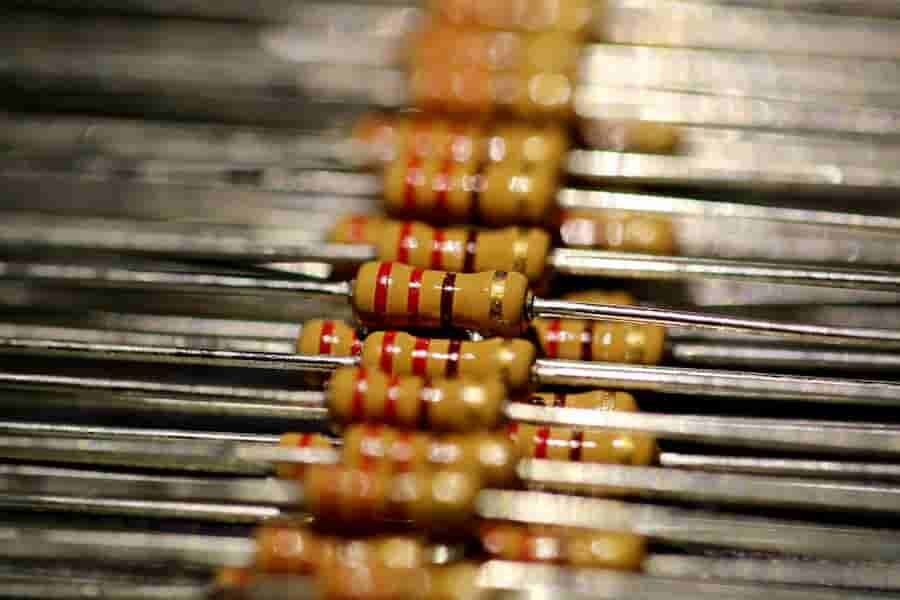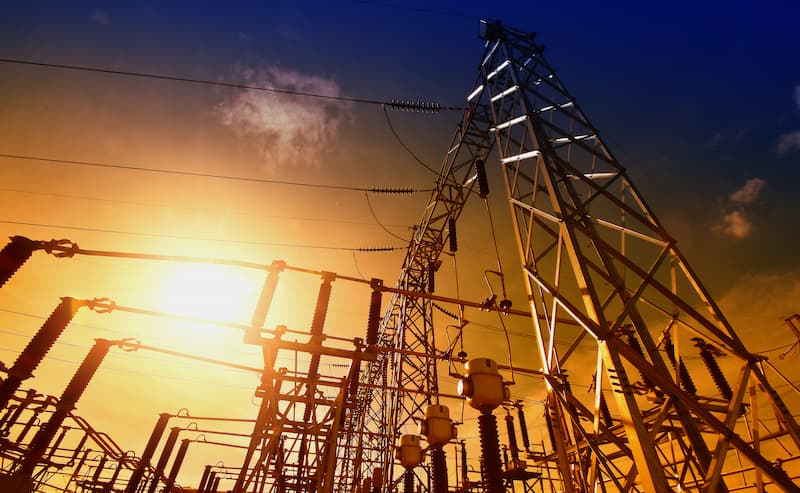
Active and Passive Electronic Components
Article updated on 15 July, 2023 Active and Passive Electronic Components: What Are They and How to Classify Them Electronic components are the basic building blocks of any electronic circuit.
Read More
Published on Jun 08, 2021 by Skipper
Electricity is everywhere in the modern world– you are reading this article on a phone, a desktop, a laptop or a device that is powered by electricity. But have you ever wondered how does this electricity reach you so seamlessly? There are multiple steps which are essential to have electricity reach you, and this article will cover all of them in brief.
First, of course, the electricity has to be generated before it can be used for anything practical. Electricity is generated at a generation station (sometimes called a power station). Depending on where you live, this electricity could be generated by consuming coal, natural gas, nuclear energy, or renewable sources such as solar energy and turning them into electrical energy (electricity).
Once electricity is generated, the next step is to transmit it, but there is a problem—electricity has to travel long distances without attenuation. To solve this issue, electricity is passed to a large substation, where it is passed through a electrical transformer which increases the voltage level. This large substation is often right next to the power station. This allows electricity to be transmitted across large distances without having too many power losses using transmission lines, which can either be overhead or underground depending on where you live. The transmission losses are inversely proportional to the square of line voltage that’s why higher voltage levels are preferred for long distance transmissions.
There are further multiple smaller substations along the transmission lines, which boost up the voltage to account for the power loss in electricity as it travels for hundreds of miles at unbelievable speeds (electrical signals can travel as fast as 99% speed of light, which is approximately 300,000 km per second or 186,000 miles per second).
Once electricity has reached to a substation close to you, it is stepped down using an electrical transformer. This time, the transformer steps it down — that is, the voltage is reduced. This is essentially because the transmission voltage is too high (often 100,000+ volts) to be used directly in households or industries.
This stepped down voltage is then distributed using distribution lines over smaller distances in your neighborhood with help with further smaller transformers (you may have seen them on poles — they are often enclosed in a large box). These small transformers step down the voltage further to levels where it is safe and can be used in households (generally 110 volts or 220 volts, depending on which country you are based on).
All of these structures that are required to generate, transmit and distribute electricity (such as power stations and substations) and all of the transmitting and distributing lines spread across land to bring the electricity to you are a part of ‘electrical grid’. Countries often have multiple electric grids in them. For example, in India there are five grids - the northern grid, the southern grid, the eastern grid, the north-eastern grid and the western grid and smaller standalone grids at Andaman and Nicobar islands and Lakshadweep.
Electricity reaches you through a complex network called the electrical grid which composes of structures that generate electricity (power stations) and structures that facilitate the generated electricity’s transmission and distribution to you.

Article updated on 15 July, 2023 Active and Passive Electronic Components: What Are They and How to Classify Them Electronic components are the basic building blocks of any electronic circuit.
Read More
Why do we require high voltage testing? Electricity is intended to serve the growing demands of energy and maybe appropriately handled to do so, but it can also kill you if used incorrectly.
Read More